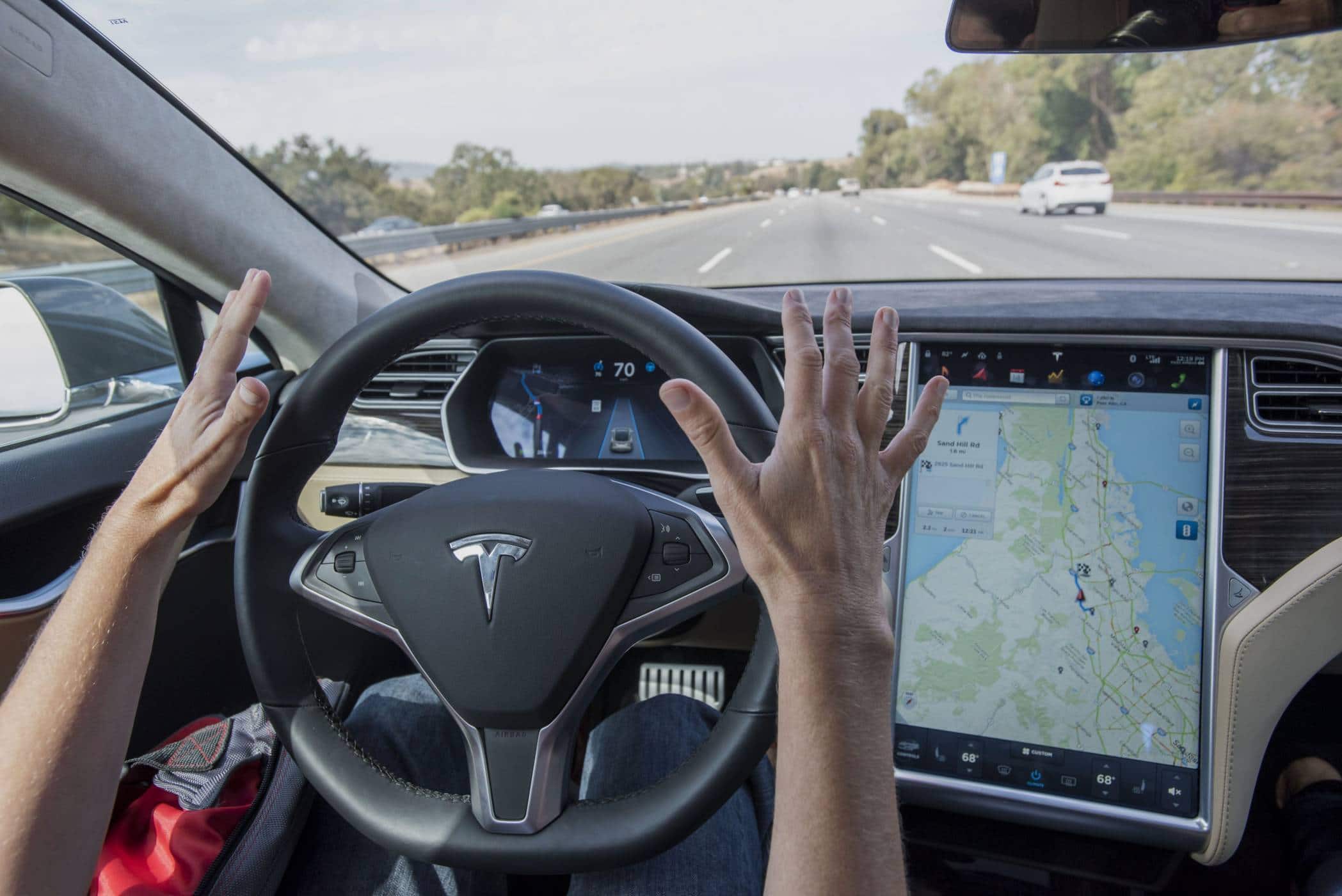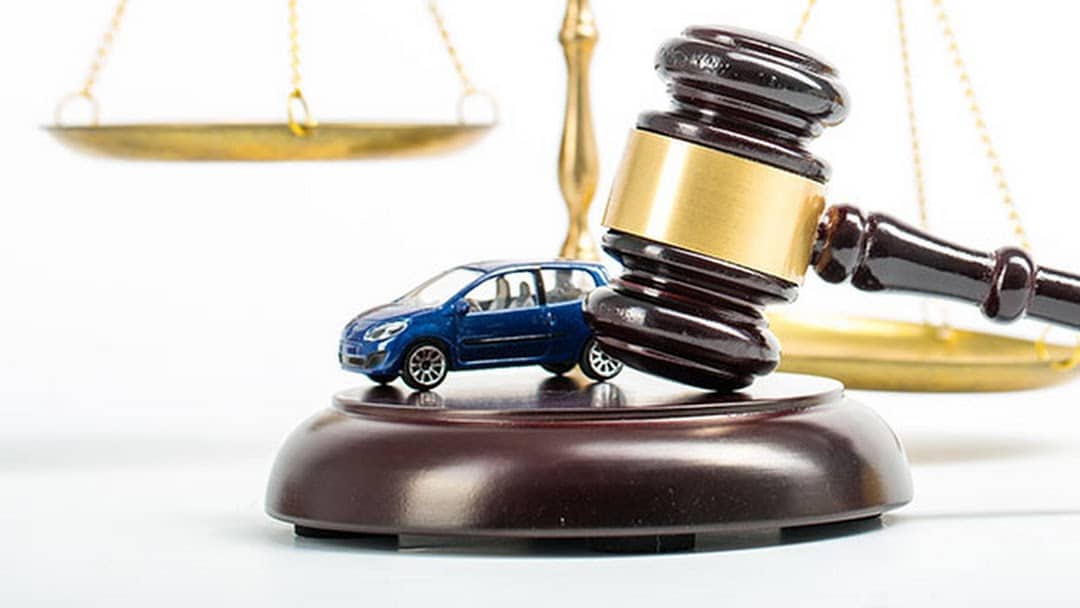Who’s Liable in a Self-Driving Car Accident?

Are you a journalist, technology writer, or ethicist working on a piece about self-driving cars, or so-called “driverless” cars? We’d be happy to talk to you about this topic, from a legal perspective. Call our office at (618)-312-1515.
Whether it’s obvious who is to blame for a crash, or weather that must be proven, one thing is certain: The at-fault driver and his or her insurance company are responsible for compensating the other driver for any injuries and losses they suffered. But if a self-driving car, also known as an autonomous vehicle, is involved, deciding who is liable is much more complicated.
Self-driving cars are uncharted territory for insurance and legal professionals. Depending on the circumstances of an accident, liability might be placed on the car’s manufacturer, its software developer, the human who turned on its autopilot mode, or all three. How to seek compensation for personal injuries isn’t always clear. This uncertainty makes it especially important to speak with an attorney.
Self-Driving Cars Aren’t Driverless
According to the National Highway Traffic Safety Administration (NHTSA), most car accidents are caused by human error. Car companies have introduced driver-assistance technologies to help drivers be safer. Many of these have become commonplace, such as cruise control, emergency braking systems, back-up cameras, blind-spot detection, and lane assistance.
Self-driving cars take these automations even farther. Engineers aim to make vehicles that make a driver optional, or not necessary at all. That being said, the self-driving cars that are on the road today aren’t driverless. These cars do much of the work themselves, but a driver or operator is still necessary. That driver can turn on the automated driving feature, but remain ready to take control again when necessary.
The Society of Automotive Engineers outlines levels of automation:
- Level 0: No automation. The driver does everything.
- Level 1: The driver has minimal assistance, such as power brakes or power steering.
- Level 2: Partial automation like cruise control may exist, but the driver remains in control.
- Level 3: The car can operate without the driver’s control, but the driver is necessary and must pay attention and be ready to take control at any time.
- Level 4: The car can operate under certain conditions without intervention by the driver. The driver can take control if they wish.
- Level 5: Fully automated vehicles that can operate without a driver. May not even have a steering wheel or gas pedal.
In a July 2016 article, we mentioned a Business Insider headline that predicted there would be 10 million self-driving cars on the road by 2020. Instead, in 2019, there were just over 1,400 cars and trucks being tested by about 80 different companies. As of yet, nothing beyond a Level 3 vehicle is on the roads. Figuring out how to get cars to respond appropriately to all of the different situations on the road has proven to be more difficult than expected.
While most drivers may not encounter a self-driving car anytime soon, they are expected to become more common on American roads. If you’re unlucky enough to be hit by one, you deserve to be compensated.
Setting Legal Precedents for Self-Driving Crashes

The risk of self-driving cars crashing is a big part of the delay in their roll-out. Luckily, there have been few fatalities with autonomous vehicles. But, unlike the statistics about regular cars gathered over many decades, there simply isn’t enough data yet to gauge how safe—or how dangerous—they are.
Along with the possibility that people could be hurt comes the fact that there are no precedents set on how the courts would deal with a case involving a self-driving car. In fact, at the time of our 2016 article, only five states had approved the cars.
Today, a total of 29 states have put legislation in place regarding self-driving vehicles. Legislation in Illinois allows autonomous vehicles on the road, but currently, there are no laws in Missouri with regard to them. And while Illinois allows them, exactly who can be sued if there is an accident is still unclear.
Who is Responsible for a Self-Driving Car
Seeking compensation for personal injuries suffered in a crash with an autonomous vehicle has similarities and differences to a regular accident. The party that caused the accident is responsible for paying damages to the driver or pedestrian who was hurt. Unlike a typical accident, though, it’s not always so easy to figure out who—or what—is to blame.
The human operator. All self-driving cars on the roads right now, have someone behind the wheel. We’ll call them operators instead of drivers. They let the car do much of the work to navigate through traffic, but they have a very important role. They are there to stay alert and aware of what’s going on so they can regain control of the vehicle if anything unexpected happens. If the operator is not paying attention and doesn’t act to prevent an accident, they might be held personally liable. The same variables might be applied as with a typical accident: did the operator act recklessly, or was the accident unavoidable and therefore not entirely their fault.
The vehicle manufacturer. Just as with typical auto accidents, things sometimes go wrong with the car itself. Things like failing brakes or other mechanical problems might make a crash happen and there is really nothing the driver could have done. In these cases, the injured party might seek compensation from the automaker or the manufacturer of the malfunctioning car part that caused the accident.
The technology designer. Self-driving cars use all kinds of software and sensors that a typical car doesn’t. The software developers and makers of sensor systems could be liable if something goes wrong. Ironing out how the various systems can detect every eventuality on the road is a big source of delay in perfecting self-driving cars. For example, if a child’s ball rolls out into the roadway, the autonomous vehicle must rely on complex data and algorithms to “see” the object and swerve. A human driver will use his or her judgment and reflexes. Perhaps a split-second decision to hit the ball rather than to swerve into oncoming traffic might turn out differently with a self-driving car.

Because it might be hard to determine who or what was responsible for a crash with a self-driving car, the parties may try to use comparative negligence as a defense, blaming all or part of a wreck on each other. Someone injured in an accident deserves to be fully compensated no matter who is to blame.
If you’ve been hurt in an accident with any type of vehicle, it is best to seek legal advice from an experienced personal injury attorney in Belleville. A St Louis car accident lawyer can help you get fairly compensated no matter who—or what—is liable.
Category:
Tags: